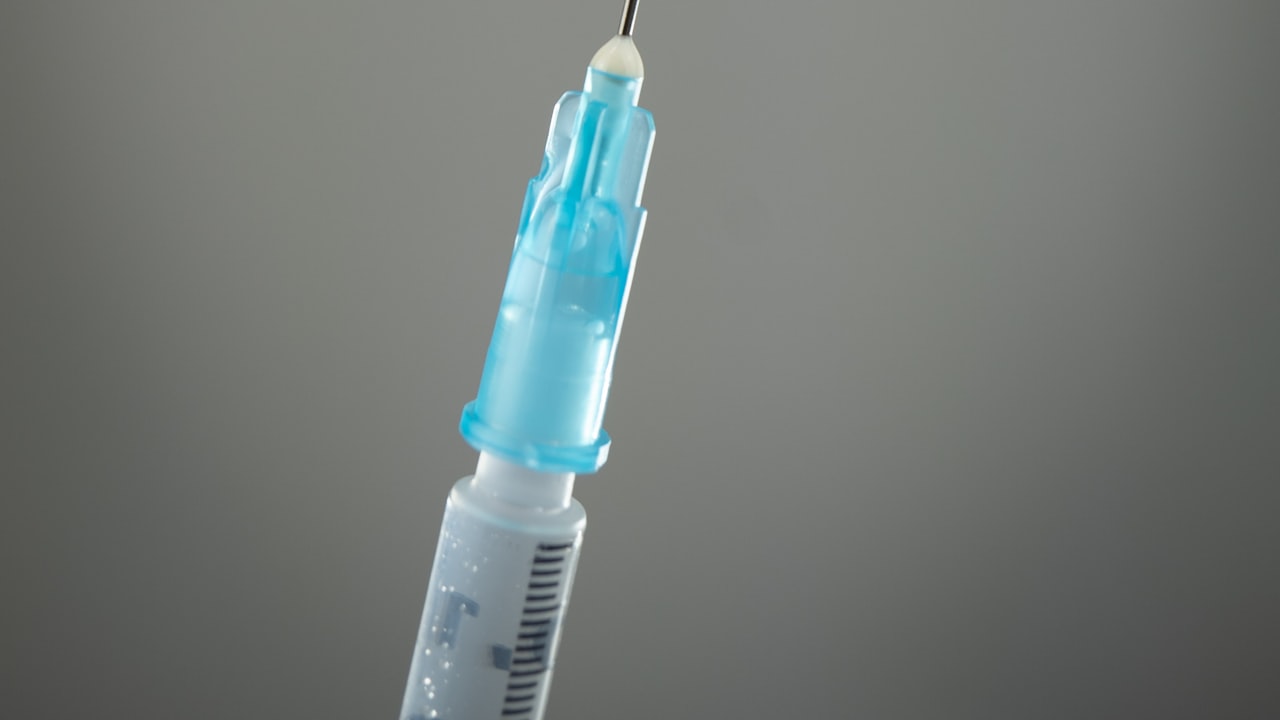 Title: Design Considerations for Injection Molds: Key Factors and Best Practices
Title: Design Considerations for Injection Molds: Key Factors and Best Practices
In today’s manufacturing industry, injection molds play a crucial role in the production of plastic components. These molds are used in injection molding machines to create a wide range of products, from small and intricate parts to large and complex structures. When designing injection molds, several key factors and best practices must be considered to ensure the quality and efficiency of the manufacturing process.
One of the first considerations in injection mold design is the material selection. The choice of material will depend on factors such as the type of plastic being used, the desired properties of the final product, and the expected production volume. It is essential to work closely with an injection mold supplier who can provide expertise in material selection and recommend the most suitable options for the project.
Another critical factor in injection mold design is the part geometry. The complexity of the part, including features such as undercuts, thin walls, and tight tolerances, will influence the mold design. Designing molds with appropriate draft angles and wall thickness uniformity is essential to ensure proper mold filling and part ejection. Collaborating with an experienced injection mold factory can help optimize the part geometry for efficient production.
Furthermore, the cooling system design is a crucial aspect of injection mold design. Efficient cooling is essential for ensuring short cycle times and consistent part quality. Proper placement of cooling channels, as well as the selection of cooling system components, can significantly impact the overall performance of the mold. Working with a reputable injection mold supplier who understands the importance of cooling system design can help enhance the mold’s efficiency and longevity.
Additionally, considering the venting and gating design is essential in injection mold design. Proper venting helps prevent air traps and ensures the complete filling of the mold cavity, while well-designed gates facilitate the flow of molten plastic into the mold. Collaborating with an injection mold factory that has expertise in venting and gating design can help optimize the mold for improved part quality and production efficiency.
In conclusion, design considerations for injection molds encompass various key factors and best practices that are essential for ensuring the quality and efficiency of the manufacturing process. By working closely with experienced injection mold suppliers and factories, manufacturers can optimize mold designs to meet the specific requirements of each project and achieve successful production outcomes.
